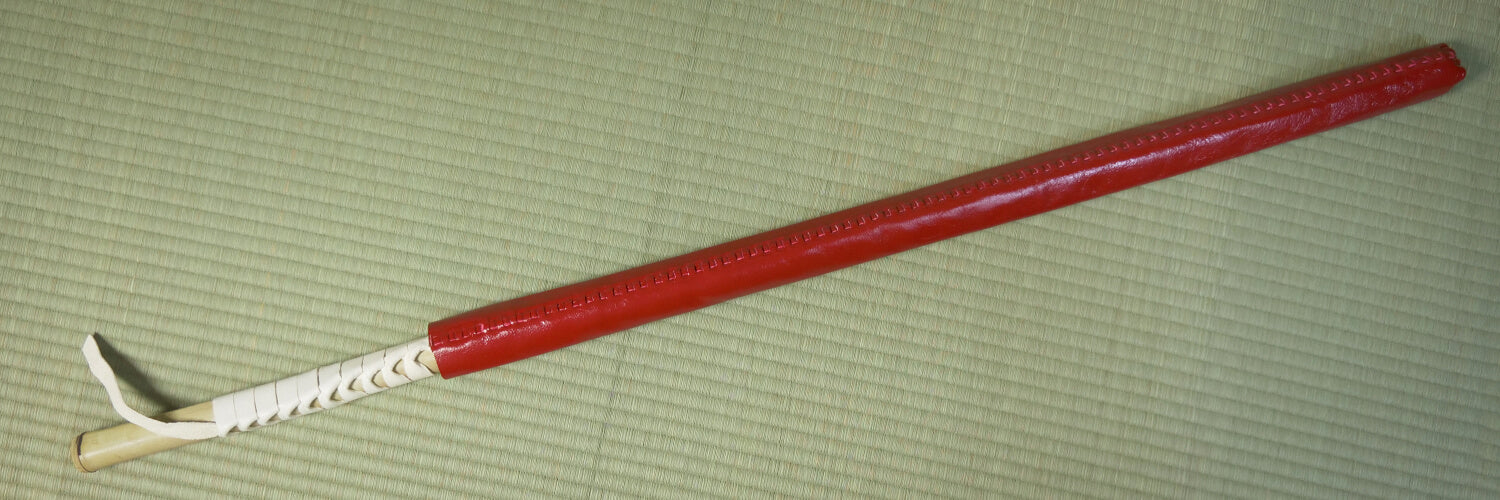

タグがついた記事を見る。 : Wooden Weapons フィルターを削除



The past few months, we've spent a great deal of time publishing our interviews made at the last wooden workshops of Japan this summer. Aramaki and Matsuzaki's interviews are already live and Nidome's interview is almost ready too. Following our encounter, and consistently with the subject we've discussed in those interviews, Master Aramaki sent a letter to all his partners presenting the situation at his workshop. Here is a free translation of this letter.

August 2017, enjoying the quiet summer months, we traveled across Japan to Miyakonojo and the Kirishima Sankei region to visit 3 of Japan's last Bokken workshops. We've conducted 3 interviews and here's the transcript of the second one with Master Matsuzaki Yoshiaki, including some additional comments and information.
月1回発信予定。お客様情報は第三者に開示することはございません。